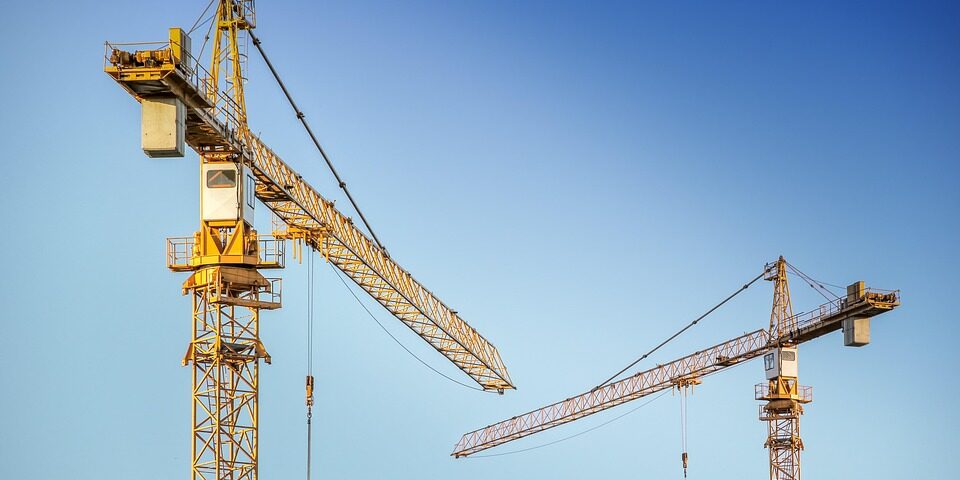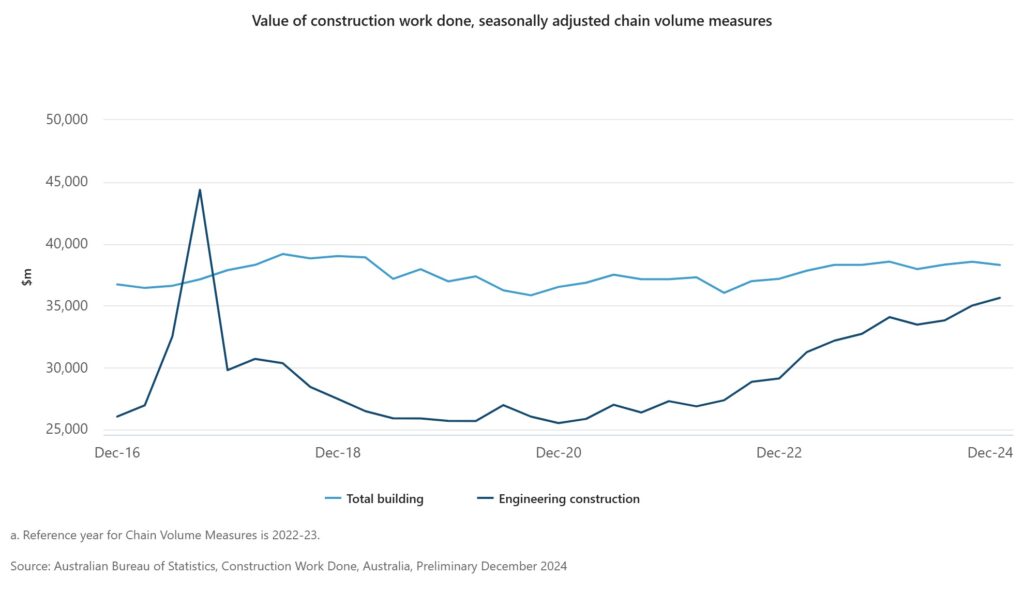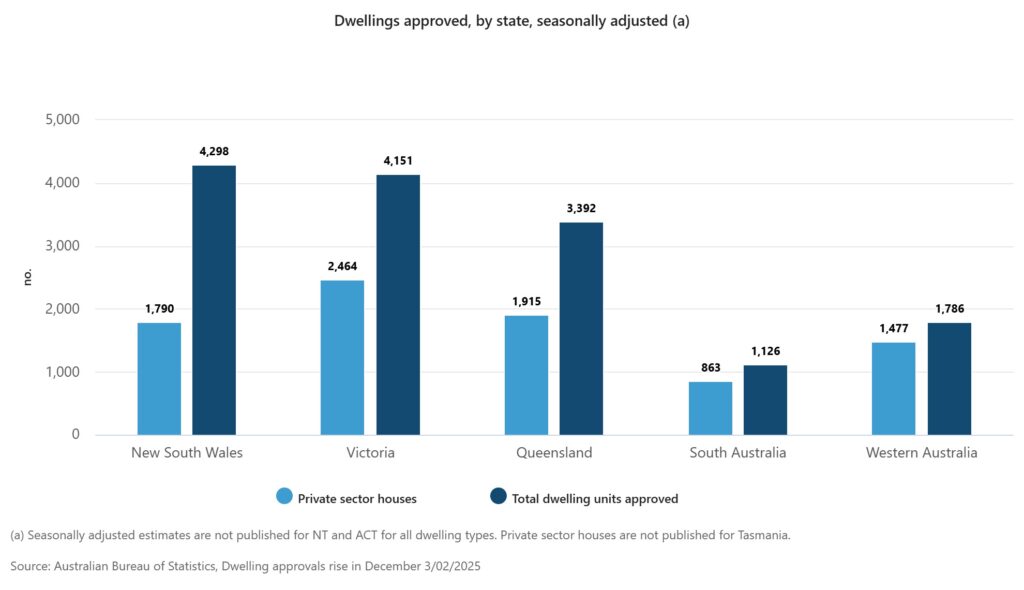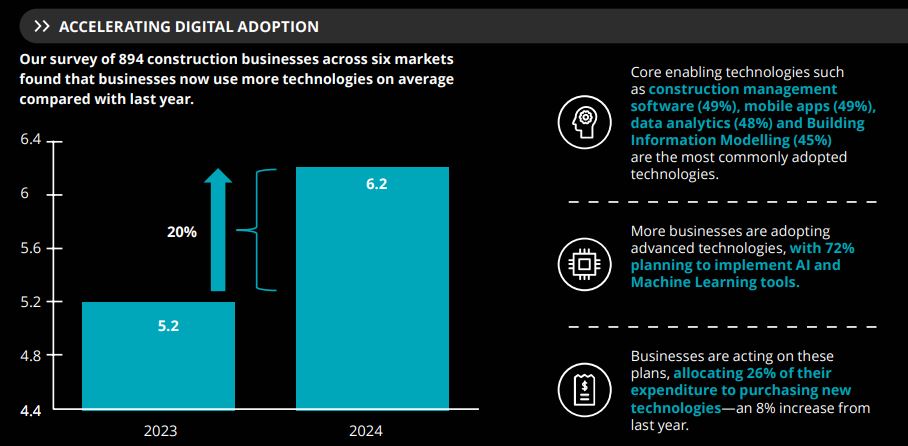
The Australian construction industry is emerging from its post-pandemic slump, with new data suggesting a resurgence in activity and confidence. However, while building approvals are on the rise, hidden government-imposed fees continue to weigh heavily on the cost of new homes.
According to the latest Royal Institution of Chartered Surveyors (RICS) Global Construction Monitor, the industry’s confidence index rose to +17 in the last quarter of 2024—doubling from the previous quarter’s +8. This signals increased optimism among builders and developers despite ongoing economic pressures.
A Growing Construction Sector Amid Soaring Costs
Multiple sectors within construction are experiencing growth, particularly infrastructure projects. The infrastructure confidence index climbed from +19 to +26, with energy, water management, and transport projects driving momentum.

However, while market sentiment is improving, industry leaders warn that the affordability crisis is far from over. Rising material costs and labor shortages remain significant hurdles, but one of the biggest and often overlooked challenges comes from government-imposed fees.
Industry experts argue that regulatory costs—such as permits, taxes, and development fees—add substantial expenses to new housing projects, making homeownership increasingly out of reach for many Australians.
Government Fees: The Hidden Driver of Housing Prices
A detailed analysis by Gold Coast-based Red Dog Group revealed that government-imposed charges account for around 46% of the final price of a new home.
For example, a 375-square-meter block priced at $ 450,000 includes:
- $ 45,000 in GST
- $ 43,000 in council and related fees
- $ 5,000 in planning charges
- $ 5,000 in water and sewage connection fees
- $ 19,000 in stamp duty (even higher in some states like Victoria and NSW)
«Government fees and taxes make it harder for Australians to afford their own homes,» says James Elliot, Managing Director of Red Dog Group. «Without serious discussion on these costs, housing affordability will continue to deteriorate.»
Developers also face financial hurdles. To subdivide land, they must pay stamp duty on the entire parcel and capital gains tax (CGT) on each individual lot sold. If the land is sold within a year, CGT can reach up to 50%, adding a further financial burden.
Building Approvals Are Rising, But Not Fast Enough
In January 2025, building approvals jumped 6.3%, exceeding market expectations. While unit approvals surged nearly 30% nationally, detached home approvals remained stagnant, increasing just 1.6% after four consecutive months of decline.

Despite the uptick, experts warn that Australia is still falling short of its housing targets.
«We need around **240,000 new homes per year** to meet demand, but we’re still building far less than that,» says economist Matt Bell. «At this point, we’re looking at an annual shortfall of **65,000 dwellings**, which means we need to increase construction efforts drastically.»
To close the gap, experts suggest faster land releases, better planning incentives, and increased funding for infrastructure. Without these changes, the housing shortage will continue to push prices higher.
A Digital Revolution in Construction
Amid economic pressures, the construction industry is turning to technology to boost efficiency. The 2025 State of Digital Adoption in the Construction Industry report from Autodesk reveals that digital transformation is well underway.

- Construction businesses now use an average of 6.9 technologies, up from 5.0 in 2024.
- 74% of businesses report optimism about the year ahead, compared to 65% last year.
- Adoption of AI, BIM (Building Information Modeling), and digital twins is driving productivity gains.
«The rapid increase in digital adoption is a vote of confidence in the industry,» says Sumit Oberoi, Senior Manager at Autodesk. «Technology is not only improving profit margins but also enhancing the quality of construction.»
The Road Ahead: What Needs to Change?
While the industry is recovering, several roadblocks remain. Experts suggest a multi-pronged approach:
- Addressing hidden costs — Reducing excessive government fees to make housing more affordable.
- Policy reforms — Streamlining planning approvals and incentivizing developers.
- Infrastructure investment — Ensuring essential services keep pace with new developments.
- Continued digital transformation — Encouraging further adoption of AI and automation.
The construction sector’s future looks promising, but without tackling hidden costs and supply challenges, the housing crisis will persist. With demand showing no signs of slowing, the time for action is now.

